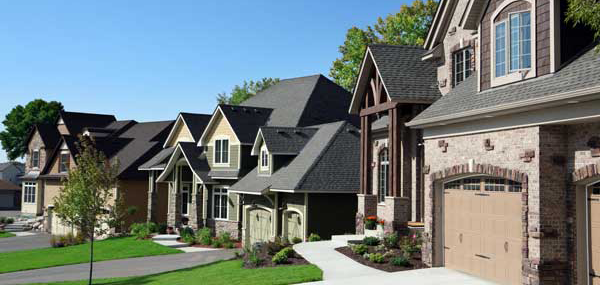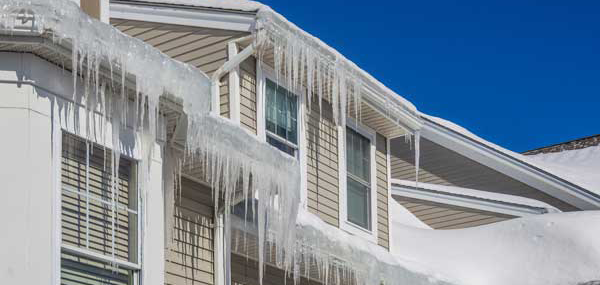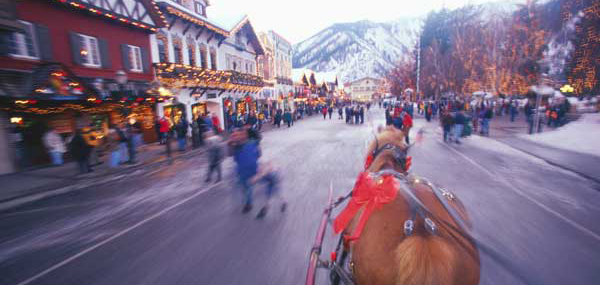| Should you buy a house that’s part of an HOA?
If you have your eye on a newer construction home, it’s more than likely that it comes with a membership to a homeowner association (HOA).
For a monthly fee, the association provides maintenance such as lawn care and snow removal. Some HOAs also uphold community standards in keeping with the aesthetic and lifestyle. What are the pros and cons of an HOA?
Pro: Worry-free maintenance
Most HOAs take care of all your yard work. In some cases, the HOA covers major exterior maintenance, such as replacing the roof and siding.
Con: The monthly fee
HOAs add a monthly expense to owning your home, typically between $100-$300. Consider what your budget can handle in a future financial setback, such as a medical bill or temporary unemployment. Falling behind on HOA payments can result in fines and the association can eventually place a lien on your property.
Pro: Higher appraisals
Homes that are a part of an HOA system often fetch higher appraisals when it’s time to sell. Living in a neighborhood of well-maintained homes can elevate property values.
Pro … or con? Community standards
This one depends on your preferences! To maintain the neighborhood aesthetic, some HOAs set rules and guidelines for everything from displaying flags to planting flowers to owning dogs. Some go as far as prohibiting open garage doors, or leaving toys or sports equipment outside. |



 Facebook
Facebook
 X
X
 Pinterest
Pinterest
 Copy Link
Copy Link









